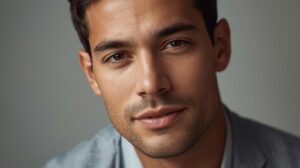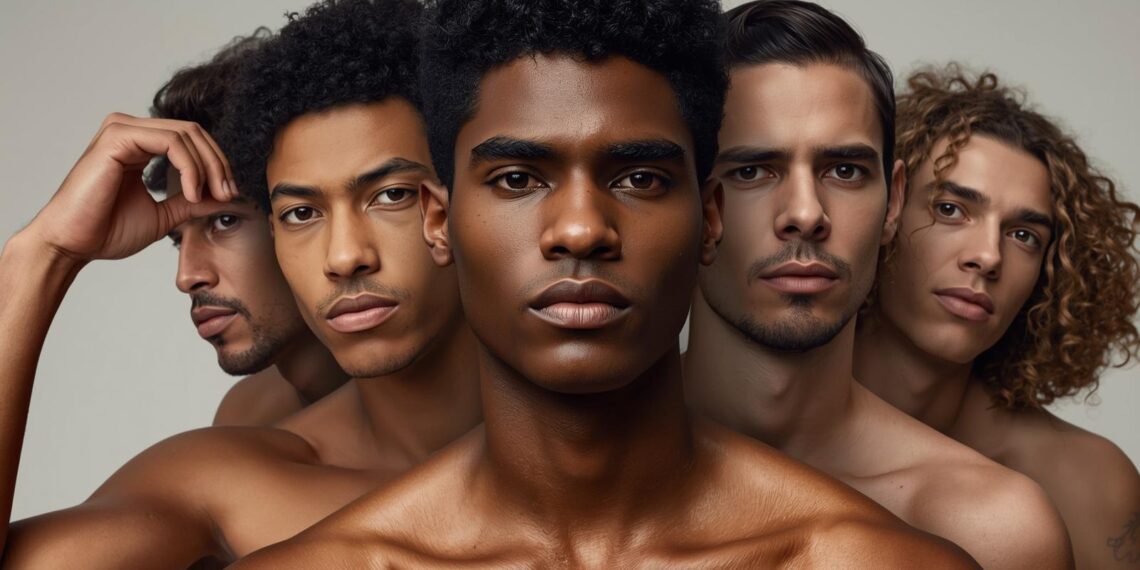In the evolving landscape of beauty and wellness, the concept of masculinity is undergoing a significant transformation. As society becomes more inclusive and diverse, the traditional ideals of male beauty are being redefined. This shift not only impacts how men perceive themselves but also influences consumer behavior in the wellness industry. In this article, we will explore the modern beauty ideals for men, the factors driving these changes, and their implications for various sectors, including product development, media, and personal coaching.
From Machismo to Modernity
Historically, masculinity was often associated with traits like strength, stoicism, and ruggedness. However, these narrow definitions are being replaced by a broader spectrum of qualities that emphasize emotional intelligence, self-care, and aesthetic awareness. This evolution reflects a cultural shift towards valuing authenticity and individuality over traditional stereotypes.
Attractive Male Features: A New Paradigm
Today, attractive male features encompass a range of attributes that celebrate diversity. While physical fitness and grooming remain significant, there is an increasing appreciation for unique characteristics such as personal style, facial symmetry, and even skincare routines. This redefinition of attractiveness challenges conventional norms and encourages men to embrace their distinctiveness.
Drivers of Change
Several factors contribute to the reimagining of male beauty ideals. Understanding these drivers is crucial for stakeholders in the wellness industry to align their products and services with contemporary consumer expectations.
Media Influence and Representation
The media plays a pivotal role in shaping beauty standards. As media platforms strive for greater representation, they showcase a wider array of male identities. This diversity in representation helps dismantle outdated stereotypes and normalizes various expressions of masculinity. Consequently, men feel more empowered to explore their identity without fear of judgment.
The Rise of Social Media and Influencers
Social media platforms and influencers have democratized beauty standards by offering diverse perspectives. Influencers, particularly those from marginalized communities, challenge traditional norms and promote inclusivity. Their influence extends beyond aesthetics to encompass wellness practices, inspiring men to prioritize self-care and holistic well-being.

Implications for the Wellness Industry
The redefinition of masculinity and male beauty ideals presents both challenges and opportunities for the wellness industry. Stakeholders must adapt to these changes to remain relevant and meet the evolving needs of consumers.
Product Development: Aligning with Modern Masculinity
Wellness product developers must consider the changing preferences of male consumers. Products that promote self-care, such as skincare lines, grooming tools, and wellness supplements, should emphasize inclusivity and cater to diverse needs. By aligning product offerings with modern masculinity, developers can capture a broader market and foster brand loyalty.
Media and Content Creation: Reflecting Shifting Dynamics
Lifestyle magazine editors face the challenge of keeping content fresh and relevant. By accurately reflecting the shifting dynamics of wellness and consumer behavior, editors can engage readers and provide valuable insights. Articles that explore the intersection of wellness, identity, and social practices will resonate with audiences seeking to understand the broader implications of these trends.
Health and Wellness Coaching: Crafting Trend-Sensitive Strategies
Health and wellness coaches play a crucial role in guiding clients through their wellness journeys. By understanding societal trends and their impact on client behaviors, coaches can craft tailored, trend-sensitive strategies that enhance well-being. Embracing modern masculinity in coaching practices encourages men to explore new facets of their identity and pursue holistic health.
The Future of Male Beauty Ideals
As society continues to embrace diversity and inclusivity, the concept of masculinity will likely undergo further transformation. The future of male beauty ideals will be characterized by fluidity, acceptance, and self-expression. This evolution presents exciting possibilities for the wellness industry to innovate and redefine how men engage with beauty and self-care.
In conclusion, the redefinition of masculinity and modern beauty ideals is a testament to society’s progress towards inclusivity and authenticity. By understanding and embracing these changes, stakeholders in the wellness industry can create products, content, and services that resonate with contemporary consumers. As we move forward, the celebration of diverse male identities will continue to shape the future of beauty and wellness.




